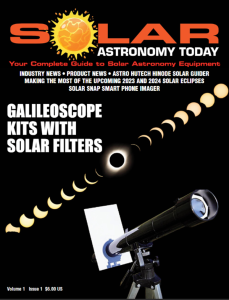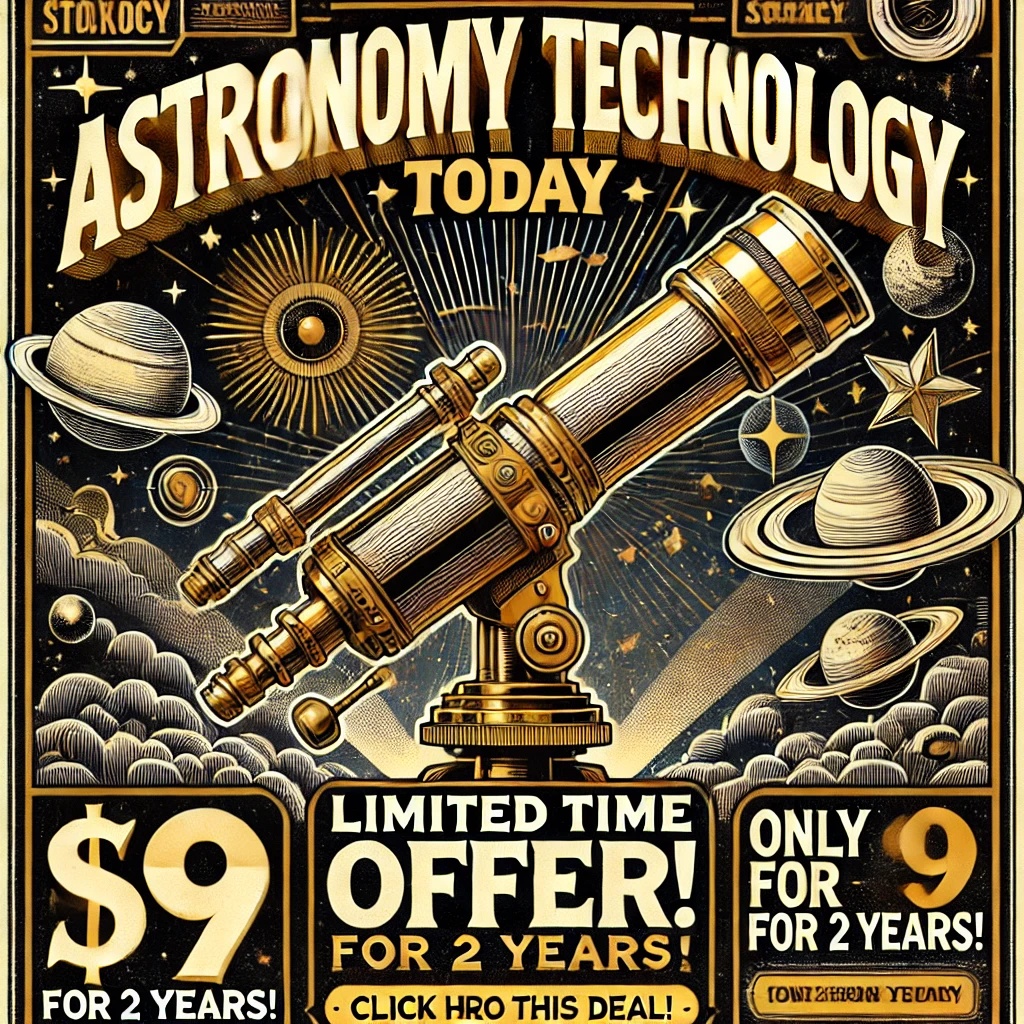New Kson Telescope Rings for Goto Kogaku and Takahashi Refractors are now available from AstroDog, an Australian astronomy products retailer.
 As they note, “For those of us longing for some decent stylish rings to work with Tak or Goto Kogaku refractors that need 95mm or other size rings, Kson have come through for us and expanded the ring range to suit several applications. These are particularly nice and include some improvements that previous ones do not have, including a firmer felt and thicker Phillips screws to fasten the rings to the plate. They offer a great grip, and close and fasten easily. The strength is excellent and the price is great. These are easily shippable to US and the price is in Australian dollars, so they are less expensive than it looks!”
As they note, “For those of us longing for some decent stylish rings to work with Tak or Goto Kogaku refractors that need 95mm or other size rings, Kson have come through for us and expanded the ring range to suit several applications. These are particularly nice and include some improvements that previous ones do not have, including a firmer felt and thicker Phillips screws to fasten the rings to the plate. They offer a great grip, and close and fasten easily. The strength is excellent and the price is great. These are easily shippable to US and the price is in Australian dollars, so they are less expensive than it looks!”
The Kson Telescope Rings for Goto Kogaku and Takahashi Refractors offer extra wide rings, superior tightening bolts and superb finish. The snug, tight fit with generous padding protects the finish on an OTA. The extra wide design provides for an excellent grip and allows tubes to be gently rotated when loosened. Each ring is held by two screws fixed into the Vixen plate.
They are available in a variety of sizes including 63mm, 73mm, 83mm, 93mm, 106mm and 126mm. With these rings, you can select from a range of Vixen length sizes.
You can learn more about the new Kson Telescope Rings for Goto Kogaku and Takahashi Refractors here.

 And to make it easier for you to get the most extensive news, articles and reviews that are only available in the magazine pages of Astronomy Technology Today, we are offering a 1-year magazine subscription for only $6! Or, for an even better deal, we are offering 2 years for only $9. Click here to get these deals which only will be available for a very limited time. You can also check out a free sample issue here.
And to make it easier for you to get the most extensive news, articles and reviews that are only available in the magazine pages of Astronomy Technology Today, we are offering a 1-year magazine subscription for only $6! Or, for an even better deal, we are offering 2 years for only $9. Click here to get these deals which only will be available for a very limited time. You can also check out a free sample issue here.
The Sun is more active than it’s been in years and if that’s not enough, we have the Annular Solar Eclipse on October 14, 2023 and the Total Solar Eclipse on April 8, 2024! If you’d like to learn more about the technology behind solar observing, solar imaging and more, you can check out our new monthly magazine – Solar Astronomy Today. It’s free to read, no subscription needed and available here. And if you are preparing for the upcoming eclipses and want to know your equipment options from solar glasses to the most out of this world solar viewing and imaging options, check out our free publication – The Definitive Guide to Viewing and Imaging the Sun – simply click here and enjoy reading!



